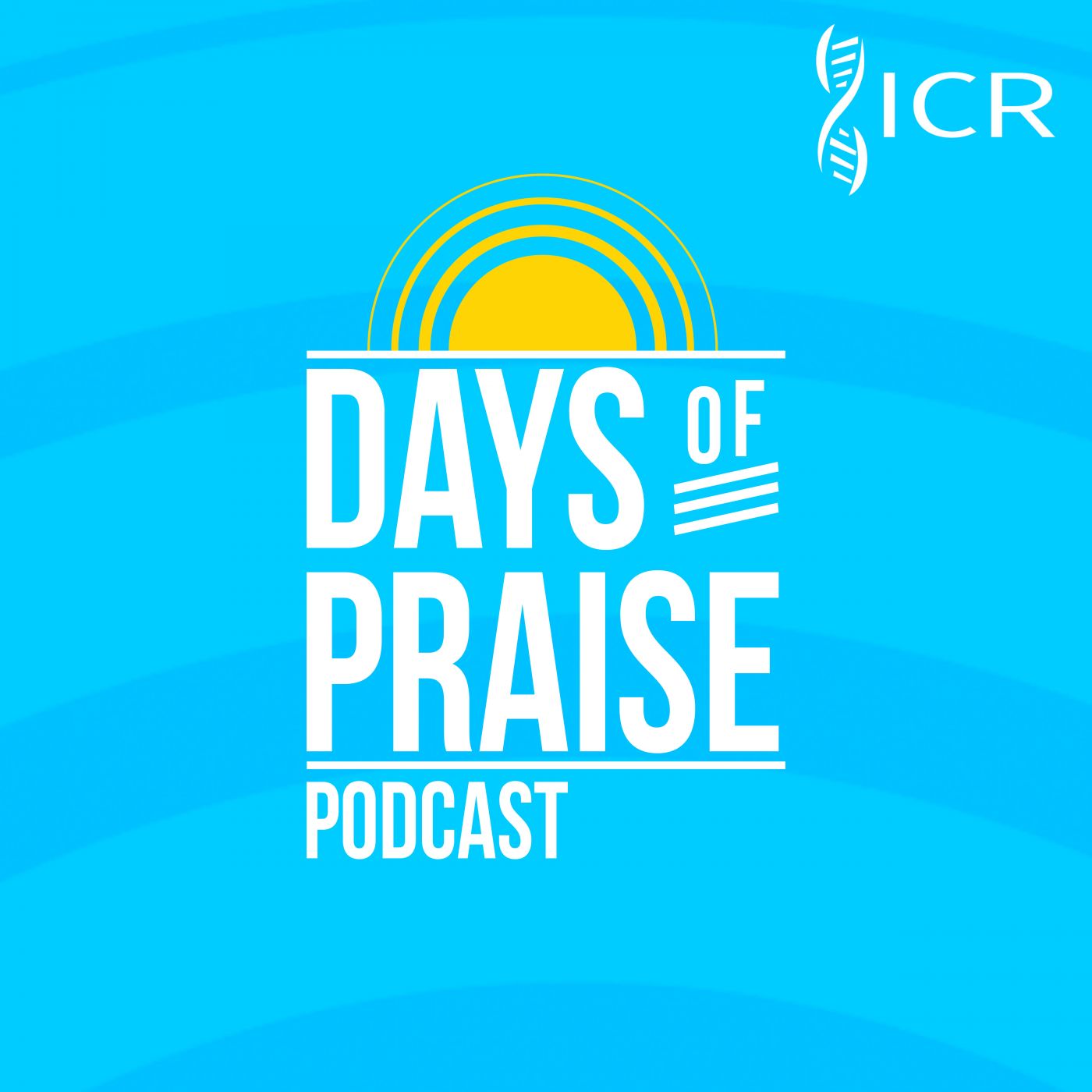“While we look not at the things which are seen, but at the things which are not seen: for the things which are seen are temporal; but the things which are not seen are eternal.” (2 Corinthians 4:18)
One of the most difficult handicaps for a Christian to overcome is spiritual nearsightedness. It is easy to see temporal things but hard to think on eternal things.
Paul, however, in the midst of an extremely busy and difficult temporal life, somehow did manage to keep his sights on that eternal life to which he was called. The wonderful redemption that Christ purchased for us with His blood is nothing less than “eternal redemption” (Hebrews 9:12); and therefore “he became the author of eternal salvation unto all them that obey him” (Hebrews 5:9). Consequently, as joint-heirs with Him, “they which are called...receive the promise of eternal inheritance” (Hebrews 9:15). He is, surely, the “God of all grace, who hath called us unto his eternal glory by Christ Jesus” (1 Peter 5:10) and has there provided for us “everlasting habitations” (Luke 16:9).
All of these eternal things—eternal redemption, eternal salvation, eternal inheritance, eternal habitations, and eternal glory—are of infinitely greater value than the temporal things that crowd our minds and limit our goals. They are all a part of the wonderful eternal life we have already received through faith in Christ. It’s significant that the phrase “eternal life” (or “everlasting life,” which is the same Greek phrase) occurs no less than 44 times in the New Testament. God speaks of it often, and so should we!
The very first eternal thing mentioned in the Bible is the “everlasting covenant” God has made with all men (Genesis 9:16). The last is the “everlasting gospel” to be preached to all men (Revelation 14:6). HMM
 Days of Praise Podcast is a podcast based on the Institute for Creation Research quarterly print devotional, Days of Praise. Start your day with devotional readings written by Dr. Henry Morris, Dr. Henry Morris III, Dr. John Morris, and others to strengthen and encourage you in your Christian faith.
Days of Praise Podcast is a podcast based on the Institute for Creation Research quarterly print devotional, Days of Praise. Start your day with devotional readings written by Dr. Henry Morris, Dr. Henry Morris III, Dr. John Morris, and others to strengthen and encourage you in your Christian faith.














